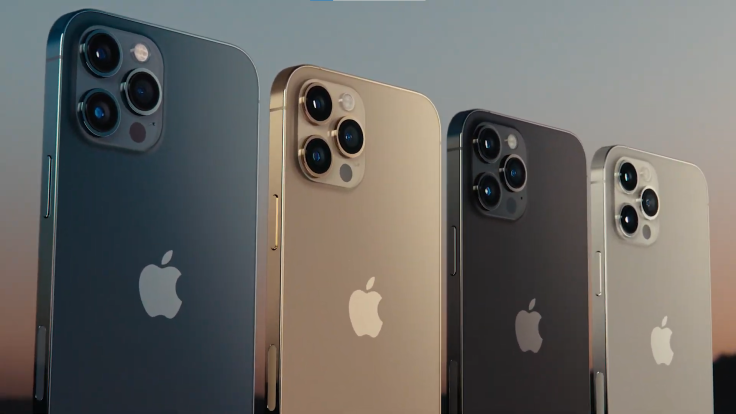iPhone 12 Pro’s LiDAR Scanner: Everything To Know
KEY POINTS
- Apple has launched the new iPhone 12 series
- The higher-end iPhone 12 Pro models feature the LiDAR scanner
- The tech allows users to enjoy augmented reality features
It's not a secret that Apple is looking at augmented reality as the next big thing when it comes to consumer technology. The company's push for AR is evident in its latest products like the iPhone 12 Pro and iPhone 12 Pro Max, both of which feature a LiDAR scanner.
The LiDAR scanner found in the new iPhone 12 Pro models “measures absolute depths by timing how long it takes invisible light beams to travel from the transmitter to objects, then back to the receiver,” Apple said in a press release. LiDAR stands for “light detection and ranging” and allows the new devices, as well as the 2020 iPad Pro, to accurately scan real-life environments faster.
While Apple didn't really say much about LiDAR during the iPhone 12 series reveal, it's easy to see that the technology will play a huge role in the company's plans for the future. Here's what it will allow the new devices to do now:
Detailed depth mapping in nanoseconds
According to Apple, the LiDAR scanner in the new smartphones pulse beams “in nanoseconds,” allowing the device to continuously capture a tremendous amount of environmental data that it can use to create detailed depth maps. The tech will prove to be a “game changer” in AR, the company said.
Instant AR
Since the iPhone 12 Pro models can capture that much data in such a short period of time, it will be able to create custom AR experiences instantly. This is done through the power of the A14 Bionic and iOS 14's AR features.
Scene geometry
LiDAR is capable of creating accurate representations of every surface, such as walls, floors and ceilings, in a room. This allows it to place content anywhere on those surfaces for AR purposes.
For example, it can allow users to imagine how a room will look if it is turned into a production facility, complete with 3D models of machines, equipment and workstations.
Improved occlusion
Since LiDAR is capable of mapping a room accurately, it will be able to show virtual objects moving behind physical objects as if they were real.
Night-time photography
LiDAR also allows the iPhone 12 Pro models' cameras to focus up to six times faster, even in low light settings, while accurately mapping the environment. This can result in, among other things, stunning portrait shots taken at night.
Apple will take advantage of LiDAR's ability to do these things. It can also be expected to build on what it already does to create more advanced apps and uses in the future.

© Copyright IBTimes 2024. All rights reserved.





















